Non-Clinical Vascular Infusion Technology (Two Volume Set: Science and Techniques)
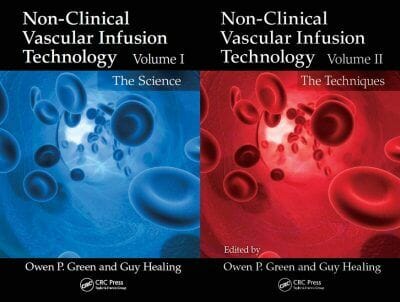
By Owen P. Green and Guy Healing
Non-Clinical Vascular Infusion Technology (Two Volume Set: Science and Techniques) Intravenous infusion is a necessary mode of delivery for many pharmaceuticals currently on the market or undergoing clinical trials. The technique of prolonged intravenous delivery in conscious, free-moving animal models has broadened the opportunity to study and evaluate the safety and efficacy of these therapeutic products. For the first time, the collective sciences involved in the understanding of this mode of drug delivery and the methodologies for carrying it out are brought together in a comprehensive work, Non-Clinical Vascular Infusion Technology, Two Volume Set: Science and Techniques.
Volume I: The Science covers the scientific principles behind the delivery systems, from both physical and physiological standpoints. It addresses body fluid dynamics, describes the scientific processes necessary to understand the various aspects of the physico-chemical issues relating to vascular infusion delivery, and discusses vascular infusion dynamics. It also considers all the essential elements of the preparation of a formulation intended for vascular delivery as well as assessment of compatibility of the formulation with the dosing apparatus.
Volume II: The Techniques builds upon the highly praised Handbook of Pre-Clinical Continuous Intravenous Infusion and provides a current account of the techniques and equipment involved in all the major laboratory animal species for conducting successful vascular infusion studies with xenobiotics. It is organized by species, including all those commonly used in pre-clinical studies: rat, mouse, dog, minipig, large primate, and marmoset. There are also chapters on juvenile studies and reproductive toxicity studies. Each section addresses the selection of the best model, surgical and non-surgical best practices, practical techniques, equipment selection, and commonly encountered background pathologies.
Using a fresh approach, the authors identify best practices to be shared across the industry, and provide guidance on choices for the most acceptable methodologies from an animal welfare perspective. This two-volume set provides a foundation of knowledge on infusion technology and its importance for safe clinical use of substances via this route of delivery.
- Covers the scientific principles behind the use of vascular infusion technology
- Emphasizes best practices in accordance with the 3Rs—reduction, refinement, and replacement of animal usage in laboratories
- Relates physico-chemical and physiological principles to vascular infusion delivery
- Provides guidance on choices for the most acceptable methodologies from an animal welfare perspective
- Makes comparisons with human data in many areas
- Presents step-by-step procedures and practical tips covering a wide range of common animal models, augmented by the liberal use of illustrations
- Discusses pathology within each species chapter, and relevant equipment in each chapter
- Covers catheterization techniques, including entrance and exit locations
| File Size | 16 MB / 52 MB |
| File Format | |
| Download link | Volume 1 | Volume 2 | Unlock All Books (+2000 Veterinary eBooks) |
| Support & Updates | Contact Us | Broken Link |
| Join Our Telegram Channel |  |
| More Books: | Browse All Categories |

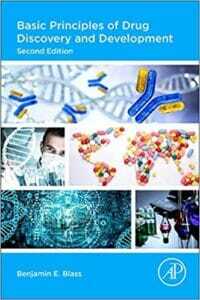

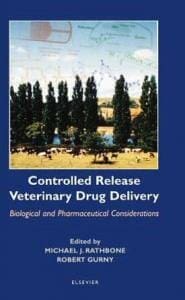
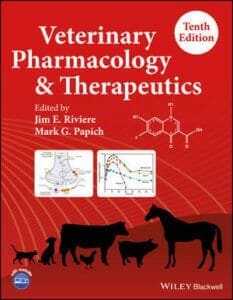


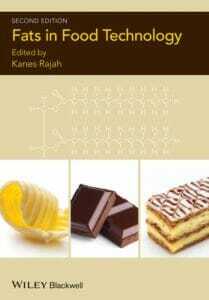





![Ettinger’s Textbook of Veterinary Internal Medicine 9th Edition [PDF+Videos] Ettinger’s Textbook of Veterinary Internal Medicine 9th Edition [True PDF+Videos]](https://www.vet-ebooks.com/wp-content/uploads/2024/10/ettingers-textbook-of-veterinary-internal-medicine-9th-edition-100x70.jpg)

![Textbook of Veterinary Diagnostic Radiology 8th Edition [PDF+Videos+Quizzes] Thrall’s Textbook of Veterinary Diagnostic Radiology, 8th edition PDF](https://www.vet-ebooks.com/wp-content/uploads/2019/09/textbook-of-veterinary-diagnostic-radiology-8th-edition-100x70.jpg)






